About a month ago, I lost my Nokia E61 on the far side of the world. This wasn’t as distressing as it might have been, because I knew I had my trusty old Blackberry 7100t waiting for me when I got home.
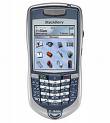 The 7100t is the best phone I’ve owned, in terms of reliability, quality of manufacture, and design of software. I’ve been thinking it would tide me over until an iPhone came along. But, in Europe, that’s likely to mean waiting until at least the New Year, and 6 months is a long time in gadgetland.
The 7100t is the best phone I’ve owned, in terms of reliability, quality of manufacture, and design of software. I’ve been thinking it would tide me over until an iPhone came along. But, in Europe, that’s likely to mean waiting until at least the New Year, and 6 months is a long time in gadgetland.
The Blackberry is just as good as I remembered, but I’ve been spoiled now by some of the E61’s features… Spoiled by having the TomTom software in my pocket. Spoiled by being able to use my phone as a 3G modem on T-Mobile’s very reasonable data rates. Spoiled by the wifi connection and the quality of the loudspeaker which meant it was a great way to listen to podcasts. Some of these were a real pain to set up, but once working, they were really quite useful. It’s not clear that even the iPhone will offer any of these. And now Nokia have their Media Transfer suite, which looks like good news for Mac owners with N-series phones. I could be tempted…
On the other hand, I’m not sure that I want to forsake Blackberry software for the rather buggy and disjointed interface that Symbian has, sadly, become. Come on, RIM – give us a 3G modem, at least!
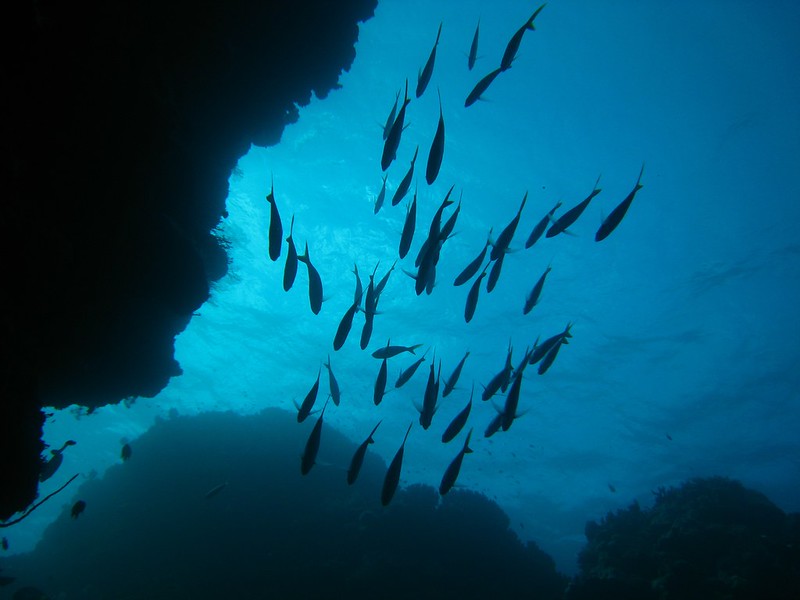

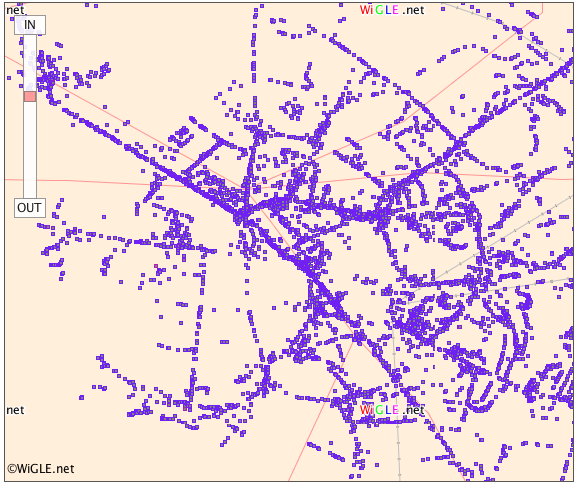
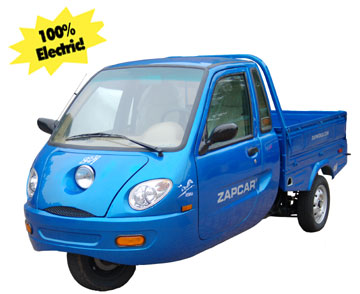
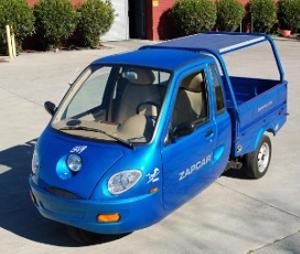
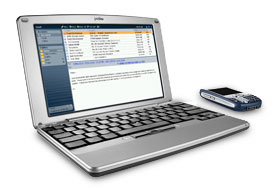 Ah – now, this is really quite interesting. I’ve been watching and playing with a variety of smartphones and similar devices recently. They’re starting to get large amounts of storage, quite reasonable email apps and web browsers, and, with the advent of reasonably widespread 3G and Wifi, decent connectivity. In short, they have most of what I need, most of the time – especially while travelling. The one thing they lack is a decent-sized screen and keyboard, and for some time I’ve been thinking that something like an
Ah – now, this is really quite interesting. I’ve been watching and playing with a variety of smartphones and similar devices recently. They’re starting to get large amounts of storage, quite reasonable email apps and web browsers, and, with the advent of reasonably widespread 3G and Wifi, decent connectivity. In short, they have most of what I need, most of the time – especially while travelling. The one thing they lack is a decent-sized screen and keyboard, and for some time I’ve been thinking that something like an 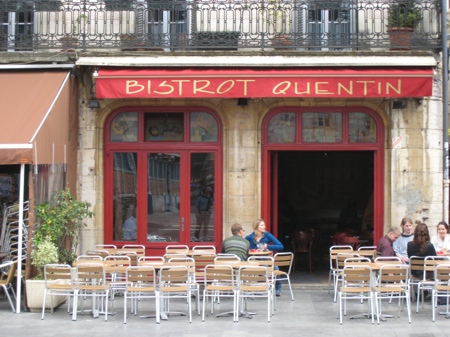
Recent Comments